Search
Did you mean: Cimon?
Search Results
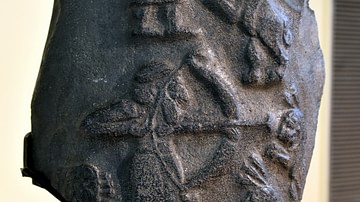
Image
Stele of Lion-Hunt from Uruk
Stele of a lion-hunt from Uruk, the oldest narrative Mesopotamian sculpture (in relief) and the first documented evidence of lion-hunting in Mesopotamia. It depicts two men hunting lions using a spear and arrows. One man is smaller than the...

Image
Royal Lion Hunt on Chariot
Relief depicting a royal lion hunt on a chariot, Neo-Assyrian Empire, c. 645-635 BCE. The king (recognizable by his distinctive hat) rides around the arena on a chariot shooting lions with arrows. His attendants fend off a lion that is...
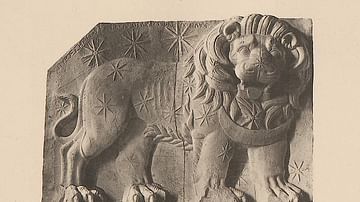
Image
Relief of the Lion Horoscope from Mount Nemrut
Relief of the famous Lion Horoscope from the West Terrace of Mount Nemrut. It depicts a lion with stars on his body and a crescent moon on his chest. It has been argued that the scene might represent a kind of horoscope, one of the oldest...
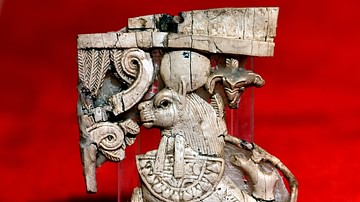
Image
Ivory Panel Showing a Lion Facing a Tree
Fragmentary openwork, tenoned panel depicting a lion seated to the left and facing the stylized tree. The lion is crowned with the sun disc and displays pointed dog-like ears. It wears a lappet wig and usekh collar (represented frontally...
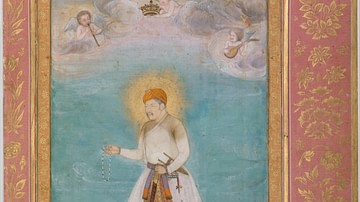
Image
Akbar with a Lion and a Calf
"Akbar With Lion and Calf", Folio from the Shah Jahan Album Painting by Govardhan Calligrapher Mir 'Ali Haravi verso: ca. 1630; recto: ca. 1530–50 This portrait of Akbar from the Shah Jahan album by Govardhan depicts a lion and a calf...
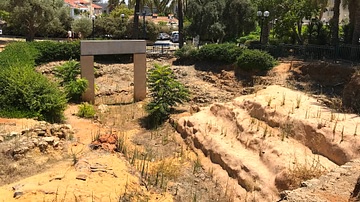
Image
Ruins of the Lion Temple in Jaffa
The Lion Temple, located in present-day Jaffa, Israel, got its name from a lioness' skull that was found within it. This skull was apparently used in a ritual performed here at the time of the ancient Canaanites and from an altar that served...
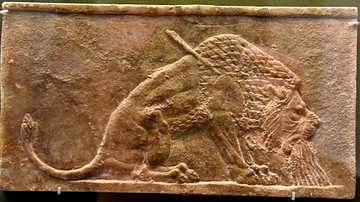
Image
Assyrian Dying Lion
Detail of a much larger gypsum wall relief showing the climax of a royal lion hunt. The lion is shown in his final death throes, blood pouring from his mouth. From the North Palace of Ashurbanipal II at Nineveh, Mesopotamia, modern-day Iraq...

Image
Ishtar Standing on a Lion
This terracotta plaque depicts the goddess Ishtar standing on a lion. From Mesopotamia, modern-day Iraq. Old-Babylonian Period, 19th to 17th century BCE.
Pergamon Museum, Berlin.
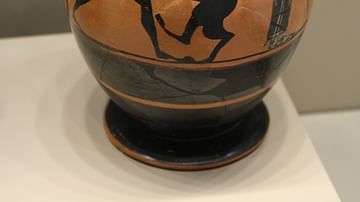
Image
Hercules & The Nemean Lion
This Attic vase shows Hercules wrestling the Nemean Lion in one of his 12 labours. Late 6th, early 5th century BCE. Athena looks on from the right.(Archaeological Museum, Milan).

Image
Calligraphic Depiction of Ali as a Lion
Shiite calligraphy depicting Caliph Ali (r. 656-661 CE) as the Lion of God.